One of the most common questions that home inspectors get when walking around the outside of a house with clients is “What’s that thing?”
It’s called a doo-hickey.
Here’s my list of the most common doo-hickeys found at the exterior of homes in Minnesota, many of which are quite common at old houses in Minneapolis and Saint Paul.
Automated Meter Reading equipment
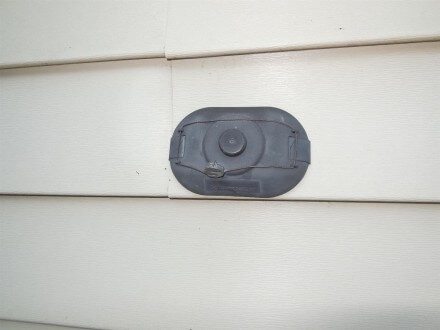
You’ll find a phone line going from the water meter to this transmitter at the exterior of the home; this is part of an AMR (Automated Meter Reading) system. This is how municipal water departments know how much to bill homeowners for their water usage. They just aim a wand at this device from the road or yard and get their data.
This is an older type of transmitter that is currently being replaced with a newer type of AMR device that can transmit data for several miles.
Gas Vent
This vent is found at older houses that have a gas meter inside the home. There is a tube that goes from the gas regulator to this vent, which needs to terminate at the exterior to prevent the release of natural gas inside the house.
Rain Sensor for Irrigation System
This device will shut off the home’s irrigation system if it’s raining outside, to prevent water from being wasted. Rain sensors should be located in a location that receives about the same amount of rainfall as everything else in the yard. You’ll typically find these at a back corner of a garage or house.
For the record, the rain sensor pictured above was crooked, which will prevent it from functioning properly. This is a simple fix that just requires a little re-positioning.
Radon Mitigation System
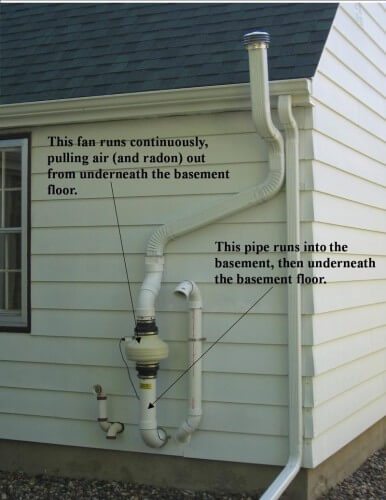
This one is pretty self explanatory. The fan pulls soil gases out from underneath the basement slab, and these soil gases get exhausted above the roof. Most systems are a little more inconspicuous, but sometimes there’s no simple way to hide a mitigation system on an older house.
Click the following link for more info on radon.
Oil Fill Pipes
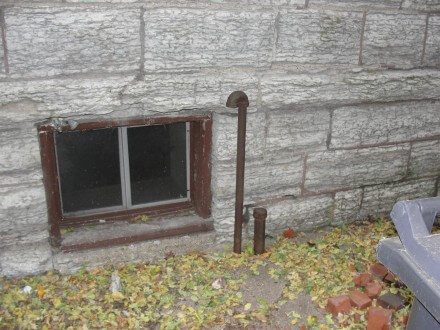
These pipes either lead to a buried fuel oil tank, a fuel oil tank inside the house, or some hack removed a fuel oil tank without removing the pipes. For several more examples, click here: fuel oil tanks.
Rainleader
A lot of old houses in Minneapolis and Saint Paul had gutters and downspouts that directed rain water to the city’s sanitary sewer system. It’s no longer acceptable to direct rain water to the city’s sanitary sewer, and hasn’t been for over 50 years. The photo above shows what’s left after the system has been disconnected, although most will no longer be open at the top.
Coal Chute Door
Many old houses in Minneapolis and Saint Paul still have coal chute doors. This was the access door to the coal chute. It’s not critical that the doors be removed, but they should at least be secure, weather-tight, and insulated if left in place.
Just for fun, click the following link for a photo of a coal chute that still had coal sitting in it, which we shared on our Facebook page earlier this year. This was at an old house that we inspected in Minneapolis.
Did I miss any?
Author: Reuben Saltzman, Structure Tech Home Inspections

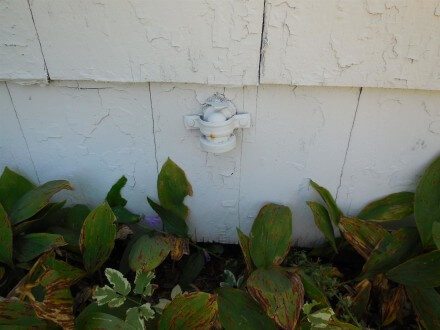
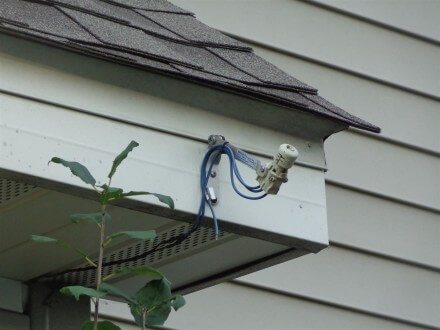
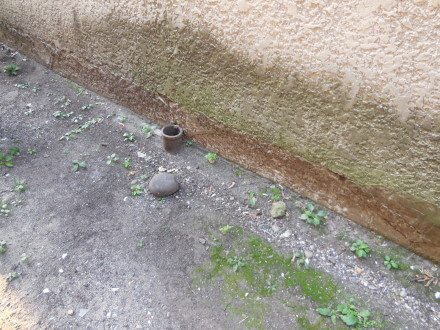
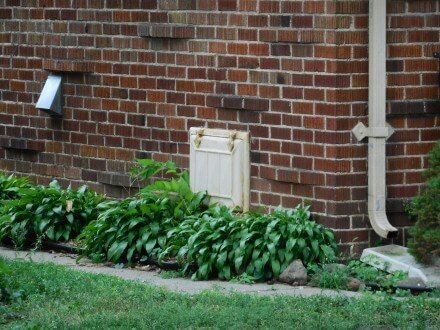
Jeff Carter
August 27, 2013, 9:45 am
a little bigger than a do-hickey, but my favorite in older homes was the block ice replenishment door. Usually about 14×20 or so, metal door on the outside of the house, opened into the kitchen (which was probably covered over) and back in the old days allowed the milk man or iceman to deliver a block of ice to… the icebox !